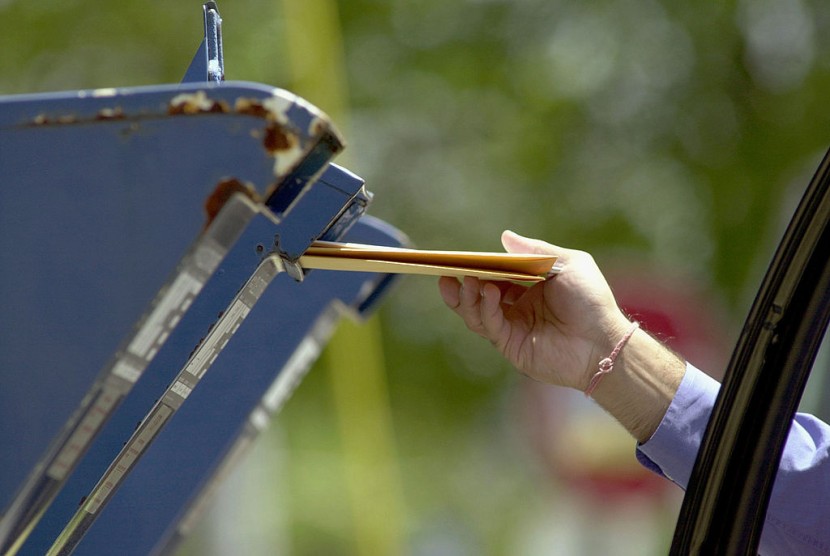
For months, an understaffed and underfunded IRS has struggled to provide tax refunds to millions of Americans. Those taxpayers who have been waiting for checks will now have a little more money in their wallets.
The IRS has 45 days to review a return and issue a refund once it is filed, beyond which it must pay interest. Individual filers' interest rate, which is linked to the Federal Reserve's benchmark rate, increased from 3% to 4% as of April 1.
IRS Will Pay in Interest to Americans
With the IRS facing a backlog of millions of returns, every extra point may mean a large sum of money for the Treasury. According to a recent audit by the Government Accountability Office, the IRS paid about $14 billion in interest over the previous seven fiscal years. The IRS paid $3.3 billion in interest in 2021 alone, accounting for about a quarter of that total, owing in large part to the continued delays and issues the agency has faced since the pandemic.
However, for the millions of Americans still waiting for tax returns, interest payments may be a drop in the bucket. The IRS announced last week that it has a backlog of 9.6 million unprocessed returns. It didn't say how many were at the 45-day threshold, but it did say the total covers returns received before 2022, according to Business Insider.
The IRS has 45 days to review returns and issue refunds. Then there's the matter of paying interest. Furthermore, the individual interest rate jumped to 4% last month. While the IRS is in the middle of a fiscal crisis, millions of unprocessed individual returns in 2021 remained at the start of this year's tax season.
The IRS paid $3.3 billion in interest to taxpayers last year, according to a study by the US Government Accountability Office (GAO). Refund interest payments were down 11 percent for this tax season as of March, according to the Wall Street Journal, although they were still higher than in 2019.
The IRS said that its method for assessing mistakes is thorough and that the amount of interest paid isn't a useful business metric. As of April 29, the IRS had 9.6 million unprocessed individual tax returns, as per Unica News.
How To Track Tax Refund?
The IRS has a Where's My Refund feature that allows customers to track the status of their federal tax refund. The tool may be used to check on a refund 24 hours after filing an internet tax return or four weeks after completing a paper tax return. The IRS2Go smartphone app may likewise be used for the same reason.
To utilize the program, a person must submit their Social Security number, filing status, and the precise amount they should be reimbursed to the IRS. The refund timeline is divided into three phases by the tool: when the IRS receives the tax return when it approves the tax refund, and when the refund is sent back to the taxpayer.
Once the IRS has reviewed the return and confirmed the refund, the IRS notifies the taxpayer of the date the refund will be delivered to their bank account. Tax refunds are normally provided within 21 days of the day a person filed their taxes online or 42 days of the date a person filed a paper tax return, according to USAGov.
The IRS advises taxpayers not to call regarding the status of their tax refund until it has been more than 21 days since they e-filed or the Where's My Refund feature directs them to do so. It also states that IRS agents will not be able to offer more information until a client is directed to call the IRS through Where's My Refund. IRS live phone support is now restricted, with significant wait times, Whas11 reported.
Related Article : SNAP Benefits 2022 Update: Up to $1504 Emergency Payments in Virginia Available, Release Date Confirmed
@YouTube
© 2026 HNGN, All rights reserved. Do not reproduce without permission.








